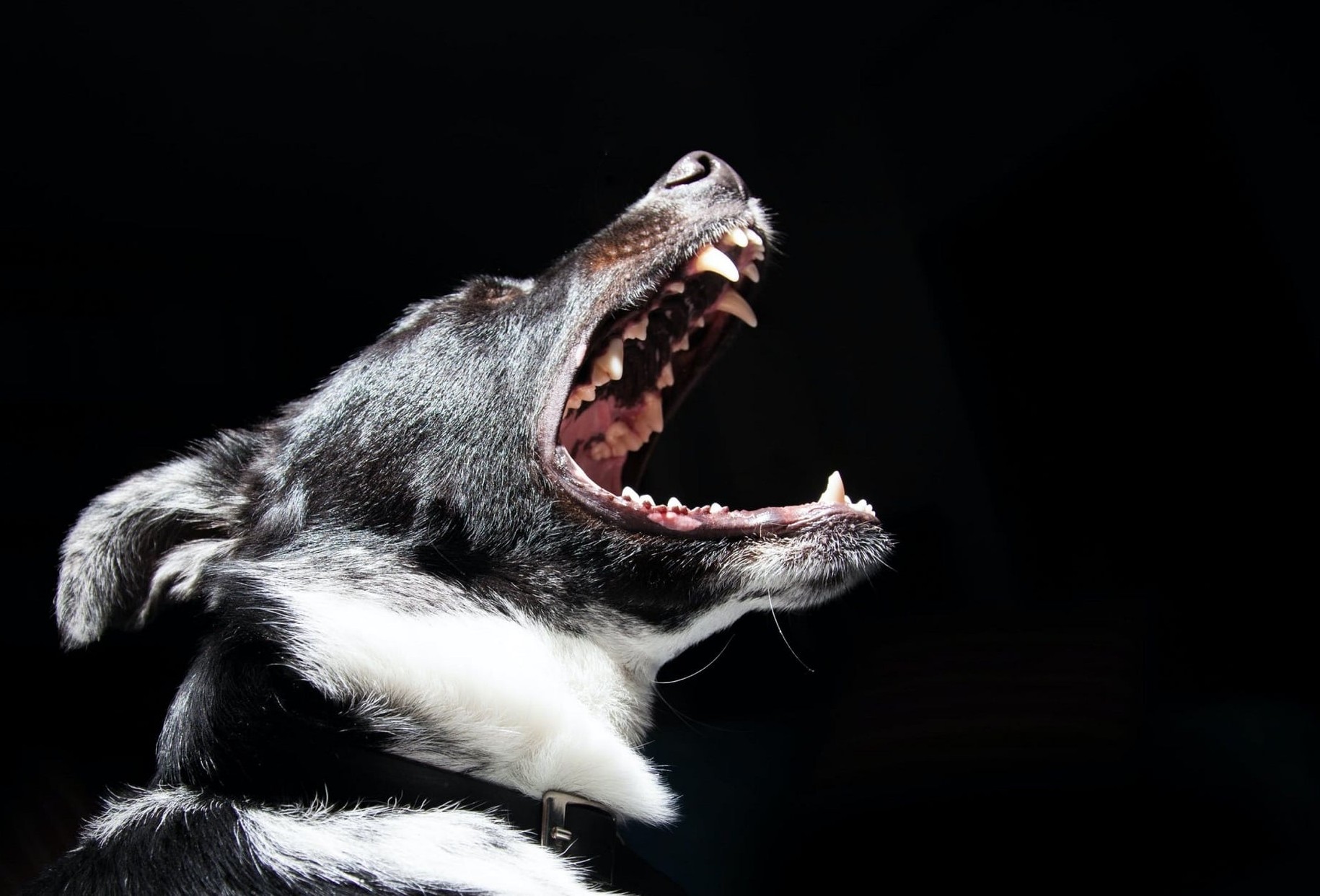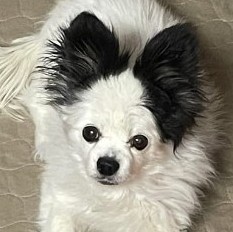Your Cart is Empty
Get Up To 35% OFF & Free Delivery
Get Up To 35% OFF & Free Delivery
Get Up To 35% OFF & Free Delivery

Dealing with dog aggression is a difficult issue for owners. But in this guide, we will help you understand the causes, spot the signs, and find the best solution for aggression in dogs.
Dog aggression usually centers around a few key areas. By understanding the different drivers behind the behavior, and the common signs associated with each type, the aggression can be treated quickly and appropriately.
Some might think certain breeds are prone to aggression, but that’s really a myth. While larger or stronger breeds can be intimidating physically, it’s important to know that any breed can cause trouble! The only difference between an aggressive Chihuahua and an aggressive rottweiler is simply their size.
No dog is born with bad bones. Aggression is usually caused by a lack of training, socialization, or conditioning. It’s most likely our fault as owners if our dog is behaving in an undesirable manner. Whether it’s growling at the postman or pooping on our favorite rug!
But that also means we are the means to changing that behavior, which is absolutely doable.
(P.S - save the rug and invest in a Potty Buddy Reusable Pad!)
A combination of the following signals may mean your dog is feeling a little hot under the collar:
Stiff body posture
Hackles raised
Ears pinned back
Growling
Baring Teeth
Snarling
Bites of different intensity
The main causes of canine aggression tend to be fear, possessiveness, other dogs, or pain.
It’s wise to first eliminate the possibility of pain, by visiting your vet. Dogs are very good at hiding their pain, but if something is really bothering them, they might start growling or nipping. If there is no medical cause for the behavior, then think about what could be the cause from the following areas.
As it is with us, fear is a powerful emotion for our dogs. When faced with something really scary, a nervous dog chooses between fight or flight.
In a similar vein to separation anxiety, a slow build-up of repeated exposure to the fear-inducing item or person is the best way to approach this behavior. Positive reinforcement training and gradual desensitization to the stressor are leads to the best results.
For many fear-aggressive dogs, exercise really helps maintain a healthy state of mind. So making sure your pooch is tired out before any training sessions is a great way to approach the work.
Also known as resource guarding, this type of behavior is centered around a dog’s obsession with a certain object or objects. That could be their food, special toy, the boundary to their home, or even you! If your dog has ever seemed to be a bit like a jealous lover, this is why!
Whatever the object, once you, another person, or another animal approaches the sacred thing, possessive aggressive dogs will immediately react. Territorial dogs will also react when a perceived intruder comes on their turf (sorry Mr. Postman!)
If not properly desensitized as puppies to sharing, or if a rescue dog has experienced deprivation in the past, this issue can become pretty serious.
Again, building a positive reinforcement around allowing others to approach the object in question is the way to go. Start slowly and move in incremental steps. Gradually desensitizing your dog to the need to guard their item. With puppies, ensure you practice taking away items and giving them back, rewarding your pup for allowing this, as well as socializing them to strangers entering the home in a positive way.
Dog aggression to other dogs can be a common issue. Dogs are social animals who function in packs, but if they have had bad experiences with other dogs, weren’t adequately socialized as puppies, or fancy themselves top dog with everyone they meet, aggression can occur. Some dogs may also be uncertain how to communicate properly with other dogs, leading to disagreements and misunderstandings - we all know how that feels!
It’s important to separate dogs that are disagreeing as soon as possible. But to prevent these scuffles from happening, puppy training and socialization are key. Early and frequent meetings with approachable dogs can set them up for a secure feeling in the future. For older dogs, find a friend with an amenable dog to help out, and gradually build a positive association with other dogs, even if they start quite a way off. Keep building this until you are able to comfortably walk alongside another dog without a reaction. Some rescues may never be able to socialize properly with other dogs, and that’s ok. Sometimes past traumas are hard to overcome. But training should be sufficient enough to allow you to take a walk without any hiccups.
Even though it might seem like a big problem for your pooch, aggression is like any other behavioral problem that can be solved with some hard work!
Bear in mind that staying positive is key, as studies have shown that punishment can actually just exacerbate aggression. With the right mindset, you can uncover the warm furry soul beneath the snappy exterior.
Remember, if it all feels too much, you can always work with a professional dog trainer. They can help you recover the floof monster from the… well monster.
Whichever route you take - it’s well worth the effort! We wish you all the luck.
See How Dog Owners Are Using These Leak-Free Potty Pads to Keep Their Homes Clean and Pups Happy
4.7 ⭐⭐⭐⭐⭐
Over 100,000 Dog Owners Saved Money With Potty Buddy™
The washable pee pads that absorb anything your dog throws at them, while keeping your floors and furniture stain-free.
✅ Super Absorbent and Leak-Proof
✅ Great for Potty Training
✅ Ideal for Puppies and Older Dogs
✅ Washable and Reusable For Years
✅ Save over $400/year by not buying disposables
-60 Day Money Back Guarantee-

⭐⭐⭐⭐⭐
-Diana D.
These pads are a life saver for my kitchen floor and bedroom carpet! Just ordered 2 more!




Check Out Our Most Popular Content